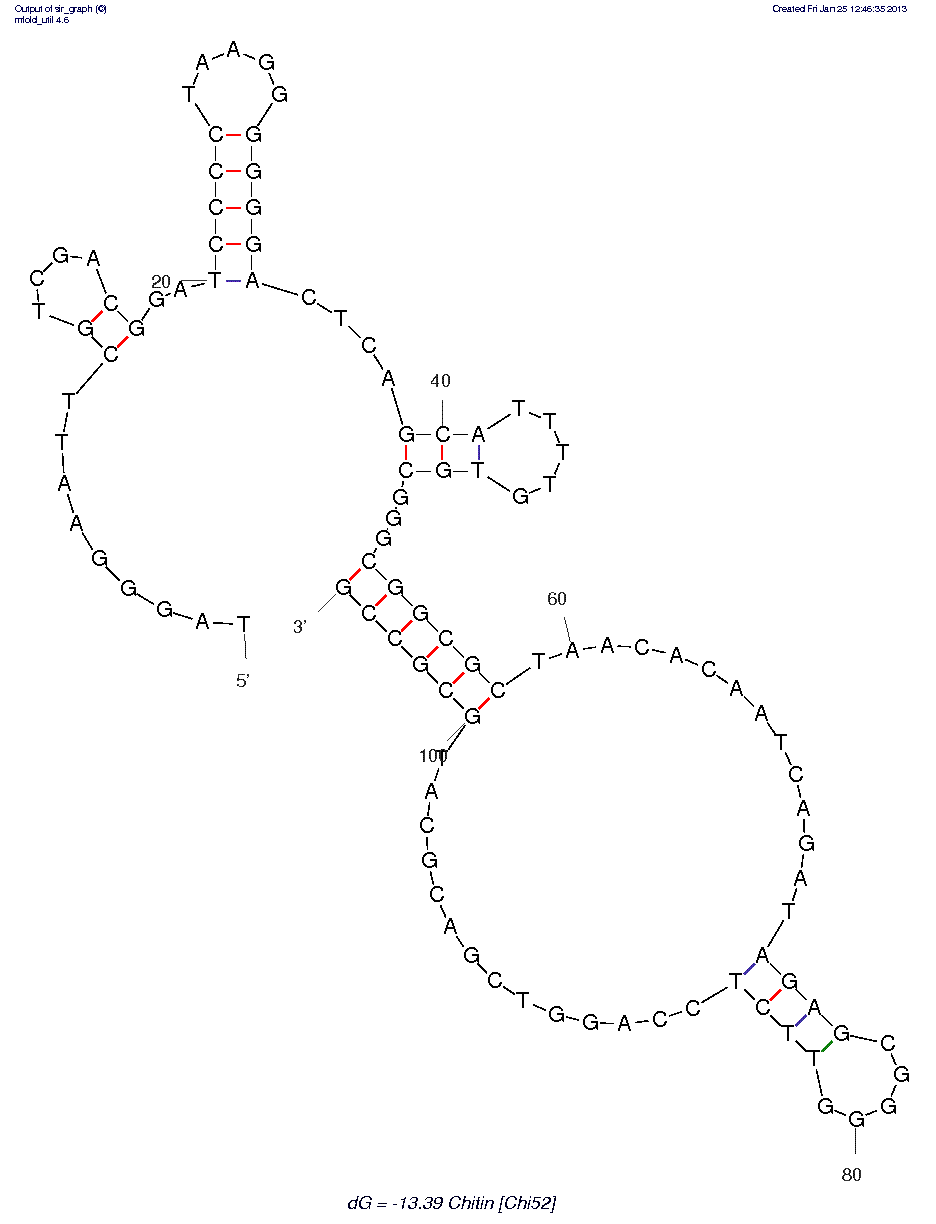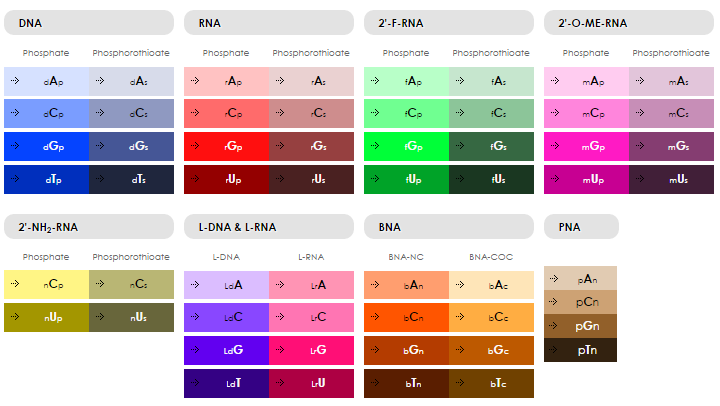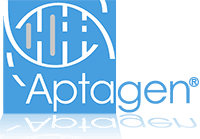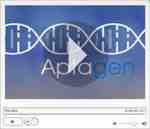Aptagen, LLC

Chitin (Chi#52) (ID# 7844)

DNA
Chitin
Other
N/A nM (reported value)
Binding buffer: 100mM NaCl, 100 mM KCl, 5 mM MgCl2, 50 mM Tris-acetate (pH 8.0)
RT°C
Heated to 95°C and allowed to cool to RT.
Aptamer also bound to cellulose with 45% efficiency (bound the chitin bead with 73% efficiency). Binding to cellulose was present in each of the selected aptamers and the initial library, suggesting that the primer regions contributed cellulose binding.
Highlighted region in the structure represents the 61-nt randomized region. It is unknown whether the aptamer will bind without primers.
5'-dTpdApdGp dGpdGpdAp dApdTpdTp dCpdGpdTp dCpdGpdAp dCpdGpdGp dApdTpdCp dCp dCpdCpdTp dApdApdGp dGpdGpdGp dGpdGpdAp dCpdTpdCp dApdGpdCp dApdTpdTp dTpdTpdGp dTpdGpdCp dGpdGpdGp dCpdGpdGp dCpdGpdCp dTpdApdAp dCpdApdCp dApdApdTp dCpdApdGp dApdTpdAp dGpdApdGp dCpdGpdGp dGpdGpdTp dTp dCpdTpdCp dCpdApdGp dGpdTpdCp dGpdApdCp dGpdCpdAp dTpdGpdCp dGpdCpdCp dGp -3'


105
32572.08
1004200
Note: Information on this aptamer oligo was obtained from the literature and hasn't been validated by Aptagen.
Fukusaki E, Kobayashi A, et al. (2000) DNA aptamers that bind to chitin. Bioorg. Med. Chem. Lett. 10:423-425.
Have your aptamer oligo synthesized ORDER



We are always looking for ways to improve. Please tell us what you think.